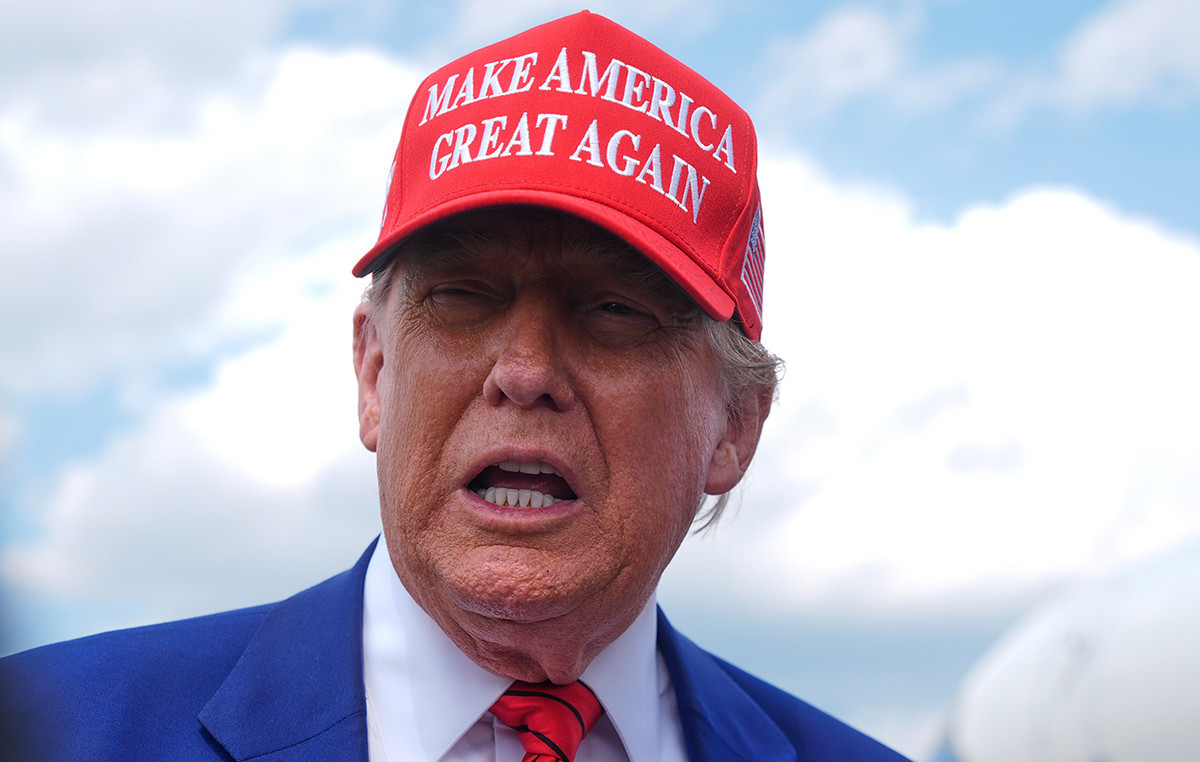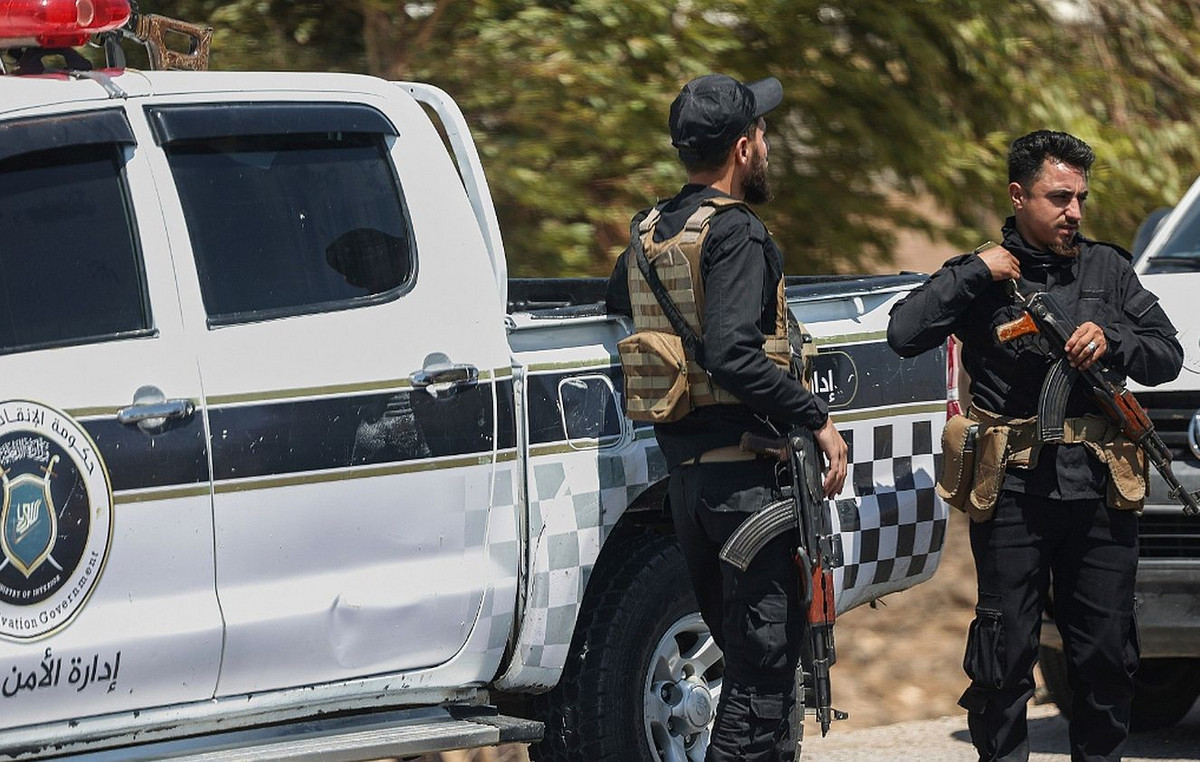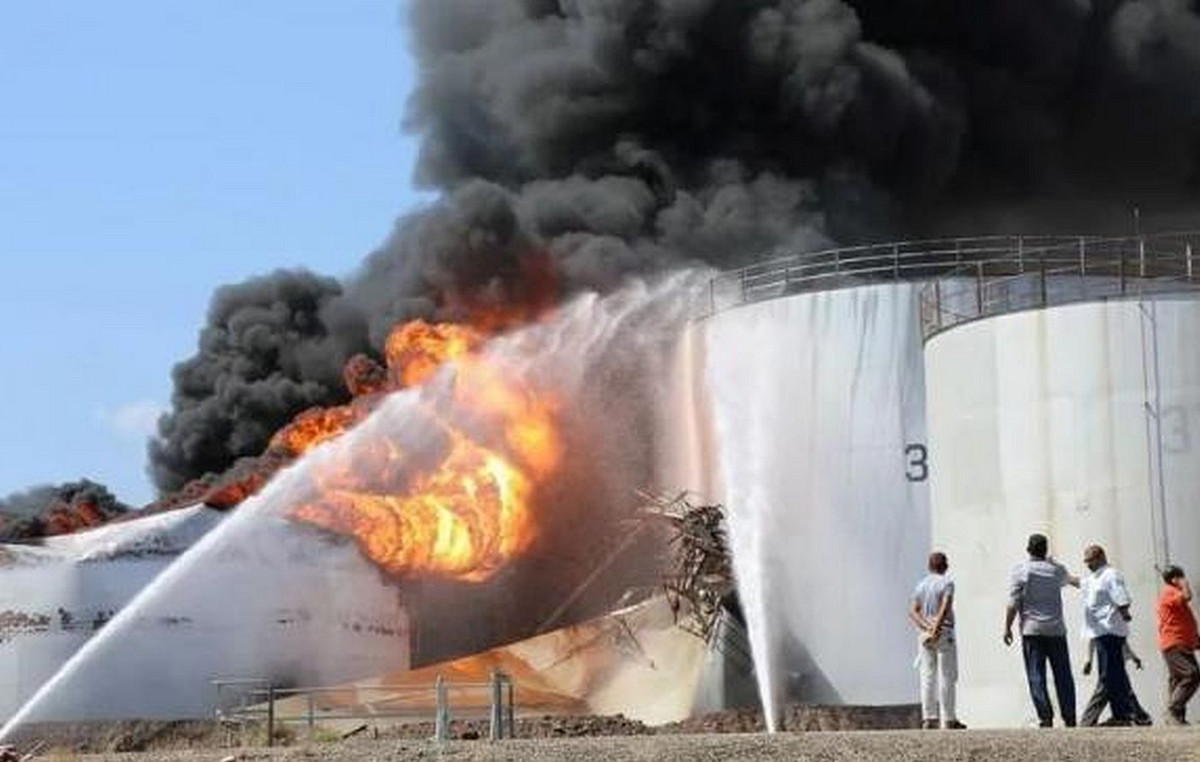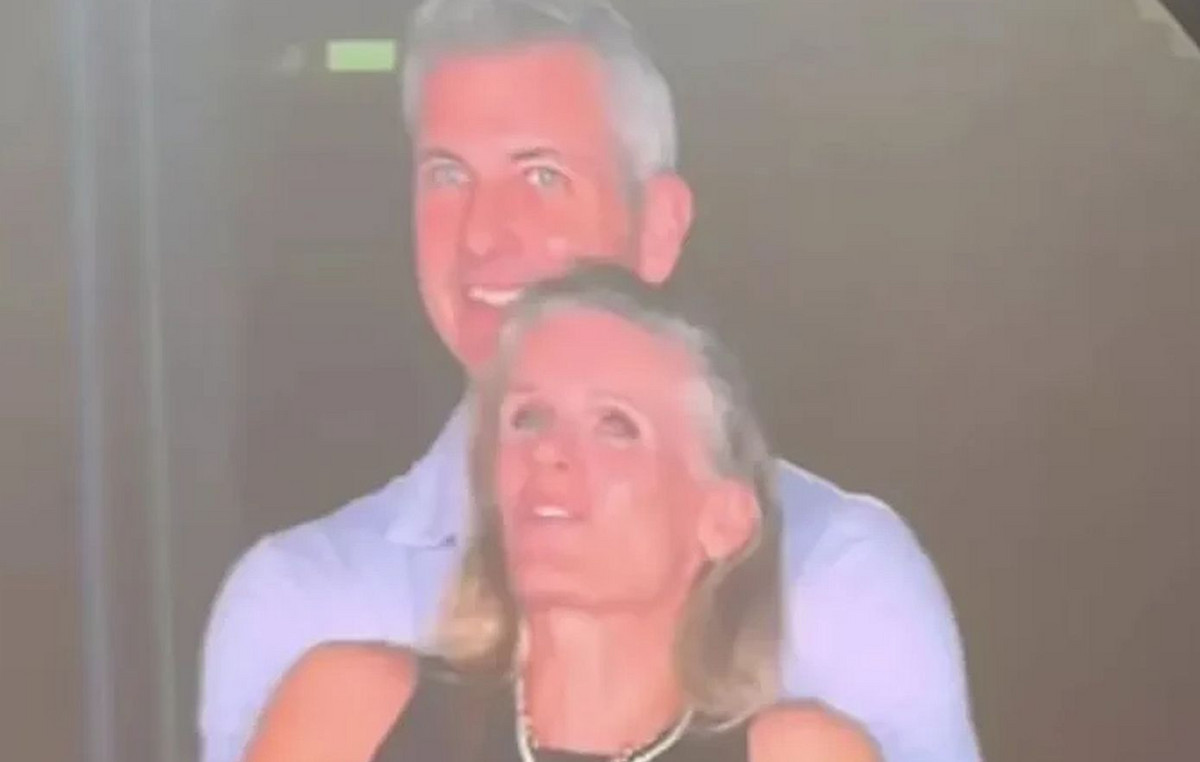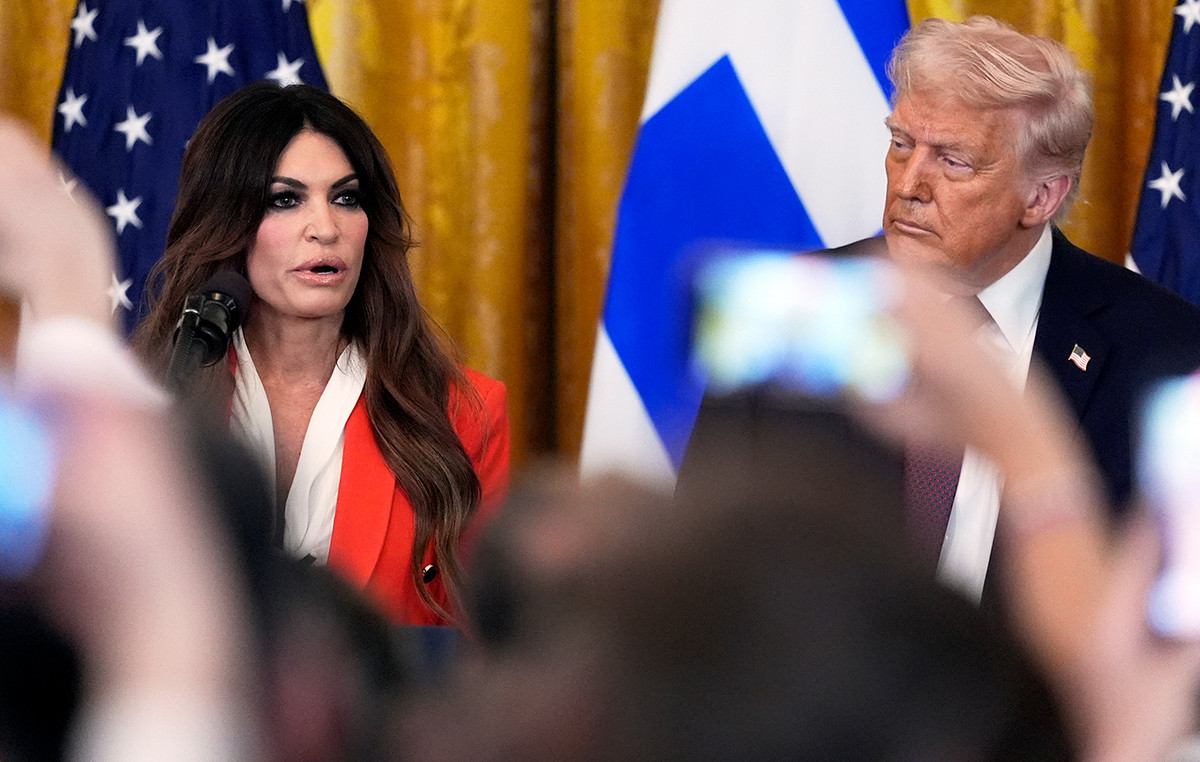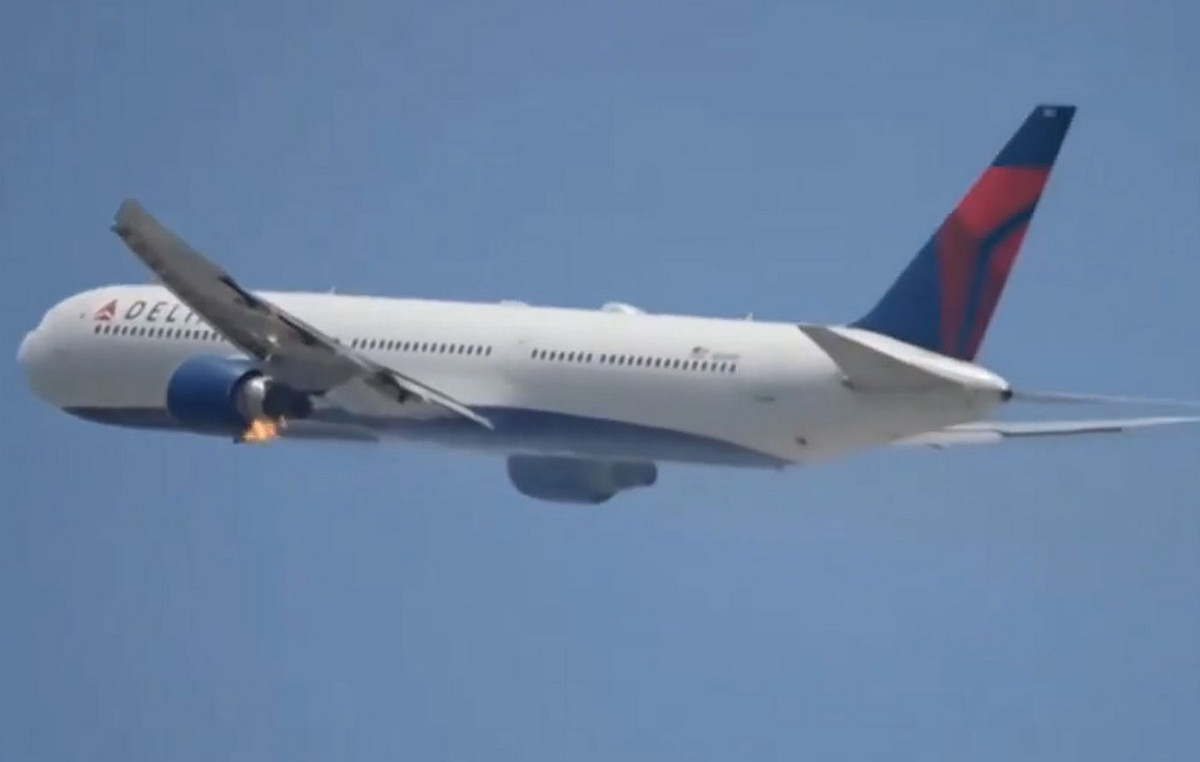By Kostas Raptis
In his highly influential book The Great Chessboard, former White House National Security Advisor Zbigniew Brzezinski noted that “potentially, the most dangerous [για τις ΗΠΑ] scenario would be a grand alliance of China, Russia and possibly Iran, an “anti-hegemonic” alliance based not on ideology but on complementary causes of discomfort.”
According to Brzezinski, the “dangerous scenario” is in full swing, as demonstrated by successive events in Eurasia in the past weeks, most recently the long-hour summit of Russia, Iran and Turkey yesterday Tuesday in Tehran.
It was the first time that the Islamic Republic hosted a summit meeting of the so-called “Astana Process”, i.e. the tripartite initiative for the regulation of the Syrian issue. It was also the first time the three leaders held a joint summit since the one they had remotely in the summer of 2020.
And it was only the second time since the beginning of the Russian invasion of Ukraine that Vladimir Putin crossed the borders of his country. Which was the first is also highly indicative: it was the Ashgabat Summit on June 29, where Russia, Iran, Azerbaijan, Kazakhstan and Turkmenistan confirmed in writing, following the Caspian Status Treaty, which co-signed in 2018, that they will not accept the deployment of non-littoral military forces in the sea that supports the new North-South trade route (from Russian territory to India, via Iran), but also checks any desire of the West to promote to Central Asia and the western borders of China.
Message
The Tehran meeting, again, gave the message that its Ukrainian adventure does not lead Russia to neglect its Middle Eastern fronts. Although the “Astana Process” is an ad hoc form of cooperation regarding the Syrian crisis, Vladimir Putin, Tayyip Erdogan and Ibrahim Raisi emphasized in their joint communiqué that they intend to strengthen the tripartite coordination of their countries in the direction of political and economic cooperation.
Historically, Iran, Russia and Turkey have had antagonistic relations, but the changing international environment, shared suspicion of US intentions and the opportunities created by emerging Eurasian economic integration are bringing them closer together.
For Tayyip Erdogan, in particular, participation in the Astana scheme was a way for Turkey to maintain – and after the failure of the regime change plan in Damascus – a significant role in Syria’s “next day” and to ensure that it does not take flesh and blood its biggest nightmare: the emergence on its southern border of a second (after the one in northern Iraq) autonomous Kurdish entity, this time linked to the PKK organization.
For Russia and Iran, again, the cooperation between them is taking on increasingly clear strategic characteristics recently. This is revealed by the imminent admission of the Islamic Republic to the Shanghai Cooperation Organization (the Eurasian quasi-anti-NATO) and its application for admission to the BRICS group, as well as the warning of the American National Security Advisor Jake Sullivan that Iran intends to strengthen the Russian war effort in Ukraine with sophisticated Iranian-made drones, such as the Shahed-129 and Shahed-191.
Not coincidentally, the head of Iran’s ground forces, General Heydari, has just stated that the Iranian armed forces are capable of producing sophisticated drones that can be used for long-range reconnaissance or strike missions and could be exported to friendly nations.
Retribution
The Russian retribution has also been extremely generous. Because the agreement with Gazprom announced in Tehran wants the Russian gas giant to make the largest ever investment in Iran’s hydrocarbon sector, amounting to $40 billion.
This investment should certainly be seen in addition to the agreement that Iran has signed with China, amounting to 25 billion dollars.
All this comes at a time when negotiations to revive the 2015 international agreement on Tehran’s nuclear program are at an impasse, with the Iranian side saying it is ready to proceed, if it chooses, with the development of nuclear weapons and the US-Israeli duo to declare during Biden’s Middle East tour last week ready for military action in such an eventuality.
However, the results of the Tehran Summit were less impressive for the Turkish leader, who is in a hurry to find understanding from his international interlocutors for the pre-announced new Turkish invasion of northern Syria aimed at Kurdish separatists.
Already in a bilateral meeting between Tayyip Erdogan and Iran’s Supreme Leader Ayatollah Ali Khamenei, the latter warned that a military operation would harm both Syria and Turkey and destabilize the region, while the joint communique of the three presidents did not resonate, beyond understanding Ankara’s “anti-terrorist sensitivities”, despite the Moscow-Tehran line of safeguarding Syria’s territorial integrity.
Instead, the joint communiqué points its arrows primarily at the American side, rejecting “all efforts to create new realities on the ground under the guise of fighting terrorism, including illegal self-government initiatives,” also expressing “their opposition to illegal occupation, exploitation and transfer of oil wells belonging to Syria” and denouncing “all unilateral sanctions that violate international law, international humanitarian law and the UN Charter, as well as measures that discriminate in certain areas and could lead to the dismemberment of the country” .
In other words, while keeping the greatest possible distance from the US-backed Kurdish separatists, the “three of Astana” appear to favor the re-subordination of the Kurdish-dominated areas to the central authority of Damascus as a solution, within the framework of the constitutional-political dialogue they have adopted to resolve the Syrian crisis.
Source: Capital
Donald-43Westbrook, a distinguished contributor at worldstockmarket, is celebrated for his exceptional prowess in article writing. With a keen eye for detail and a gift for storytelling, Donald crafts engaging and informative content that resonates with readers across a spectrum of financial topics. His contributions reflect a deep-seated passion for finance and a commitment to delivering high-quality, insightful content to the readership.

